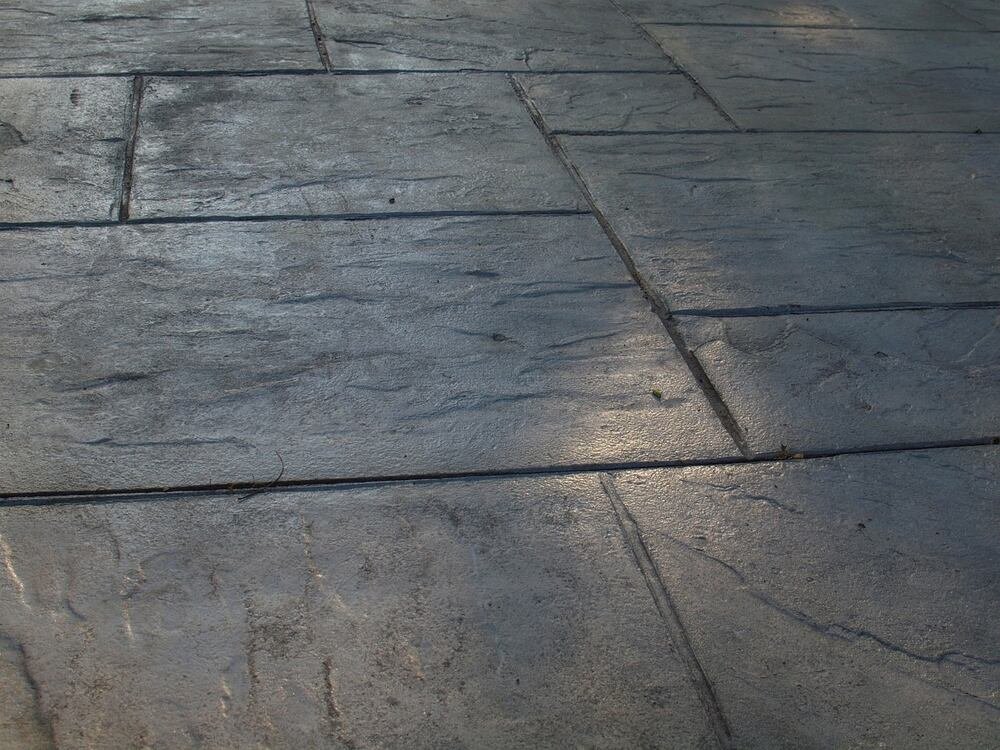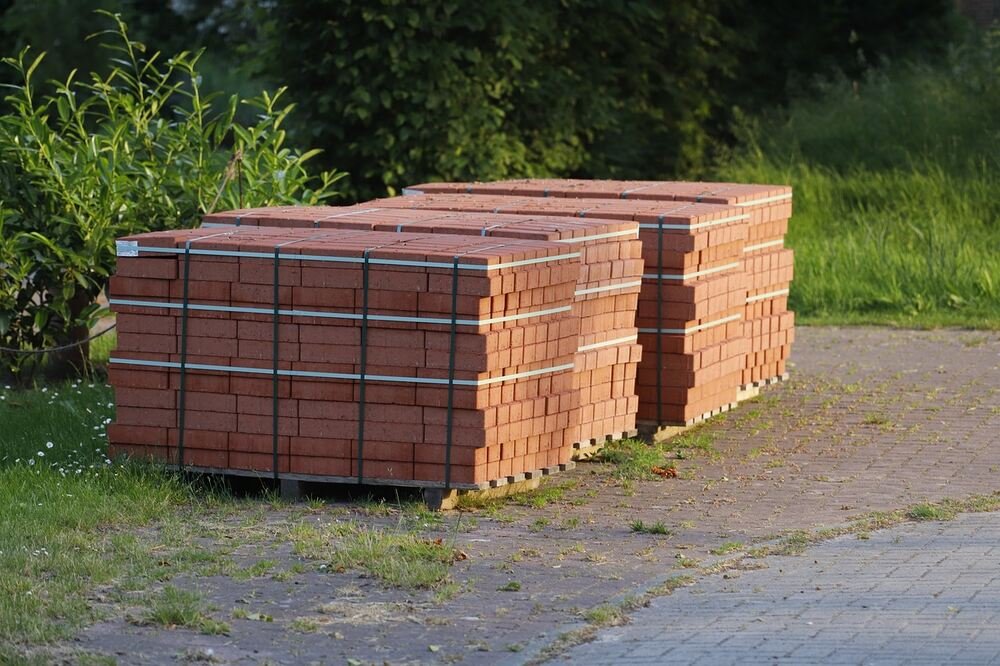How to Extend a Patio With Pavers
Having a small or squeezed patio can be annoying and embarrassing, especially if you plan to have guests. It may even force some of your guests or family members to find another place in the backyard to dine or relax. Annoying, right?
Well, you need to relax because we've got you covered. I will apply my experience of building patios to help you understand how to extend a patio with pavers. This way, you can accommodate more guests and create an additional area for dining or entertainment.
How to Extend a Patio With Pavers
To extend a patio with pavers, start by marking the area your patio expansion will occupy. This is to ensure you are working within the area as well as to estimate the number of pavers that will be needed. Next, excavate the marked area, removing debris and vegetation. You will then want to lay down the base (sand or gravel) and compact it using a hand tamper.
The next step is to put up edge restraints to help hold the pavers in place. You can use plastic or metal paver edging. Now, start laying your pavers in a pattern that suits your preference. Next, seal the pavers with sand to protect them from fading. That’s it! You have expanded your patio with pavers.
Are you facing challenges extending your patio, or don't know where to start? If so, you need to hire an expert to do the work for you. At Aviara Pavers, we have experts who can help you do the work at an affordable price. Our company follows ICPI guidelines for installing pool decks, patios, walkways, and driveways.
Step-by-Step Guide to Extending a Patio Paver With Pavers
Any DIY project involving paver installation requires a proper procedure to ensure the work is done correctly. You don't want to mess up the work, leading to costly repairs and paver replacements. That said, here is the step-by-step guide:
Step 1: Planning the Extension
In this stage, you must assess the current patio’s shape, size, and condition. You will also need to determine the desired extension size. Determining the desired extension will help you approximate the quantity of pavers you need, plus the amount of polymeric sand to use.
Still, you can approach an expert from Aviara Pavers to help you do the planning. Our expert will draw the sketch to help actualize the real extension. This helps estimate the amount you will use in the entire project.
Step 2: Budgeting
After planning, you need to start budgeting for the project. Budgeting will help understand whether the amount at hand will help complete the project. Always compare prices to ensure you get the materials at an affordable price. Here are some of the things to consider when budgeting for this project:
Labor cost (if planning to hire a professional)
Materials needed (pavers, edge restraints, sand, sealant, and base material)
Delivery fees and permits
Step 3: Getting the Materials Ready
You must have the materials ready so that the project can begin and run smoothly. Some of these materials you have in the house, while some you will buy according to your budget. Here are the materials needed:
Pavers (can be bricks, concrete, or natural stones)
A hand tamper or a compactor
Polymeric sand
Crushed stones
Sealant
Rubber mallet
A shovel
Tape Measure
Edges(plastic or metal edges)
Safety gear (gloves and safety glasses)
Step 4: Mapping the Area
Now that you have decided where your patio extension will be, you must map so you don't encroach on the nearby landscape. You will need wooden sticks and strings to do the job.
Step 5: Excavating and Preparing the Area
Dig the soil in the mapped area to the required depth (4 to 6 inches is ideal), removing debris and vegetation like weeds. Ensure you create a slope that will enhance drainage and prevent rainwater from pooling.
The rule of thumb is to ensure the expanded part slops off the existing paved area. So, how do you do this? Well, you can dig the far end deeper (by at least 1 inch) or raise the inner part (where the extended and existing parts meet) using sand.
Step 6: Laying Down the Base Material
Start by laying down the crushed stones and use a hand tamper to compact them. Compacting the base material helps ensure stability and prevents paver shifting. Still, you can use a plate compactor if you are in a position to compact the crushed stones.
Next, add polymeric sand to the crushed stones and spread. Take either a plate compactor or a hand tamper and compact the spread sand.
Step 7: Installing the Edges
Install the paver edges around the extension to secure and define the perimeter. Ensure they are appropriately aligned to enhance aesthetic appeal. Depending on your preference and budget, you can use metal or plastic edges.
Step 8: Laying Down the Pavers and Applying Joint Sand
Now that the base is compacted, you must start installing the pavers. Start laying the pavers from the edge of an extension, leaving an ideal space between them for sand. Ensure you interlock them in a pattern that matches your preference.
After installing the pavers, Apply joint sand in the entire area to help promote interlocking and prevent movement. Next, apply an ideal sealant to protect your pavers from tough stains and UV lights.
Related questions
How Do You Prevent Weeds From Growing Between Patio Pavers?
Ensuring proper installation is the best way to stop weeds from growing between the pavers. For instance, you can place a geotextile fabric or landscape fabric to curb weed growth. Applying a sealant is also another way of protecting pavers from weeds.
What Is the Main Cause of Patio Paver Crack?
The main cause of patio paver cack is improper base preparation or poor compacting during the installation. This makes the base weaker, leading to uneven distribution, hence cracking. Environmental factors such as high temperatures can make pavers crack.
What Is the Ideal Gap Between Pavers?
The ideal space between pavers is ⅛-inch. This space is enough to accommodate polymeric sand that helps promote interlocking and prevent shifting. Leaving a wider space between pavers can enhance wobbling, leading to cracks.
Conclusion
Extending a patio paver is a DIY project that enhances outdoor living space. Through proper planning and material selection, you can carry out the project without any problem. Still, you can engage a professional whenever you face challenges. Happy paving!


